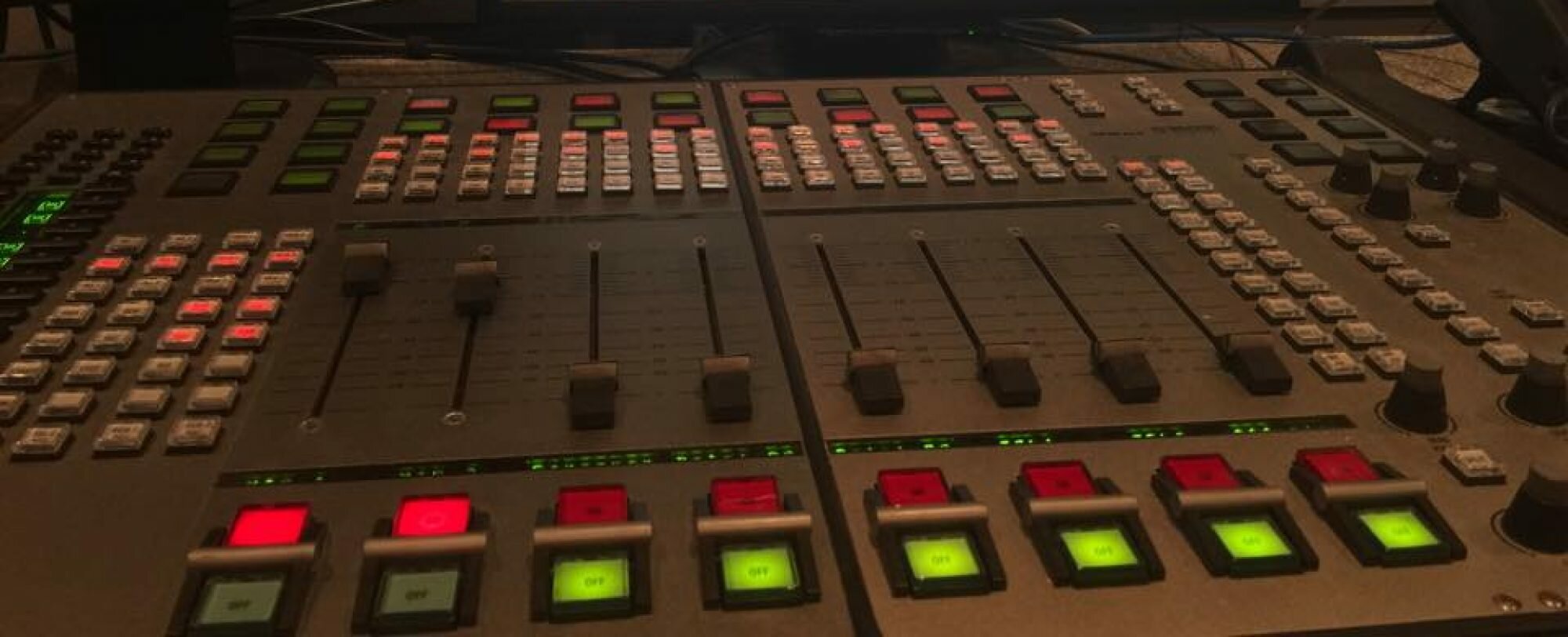by Geoffrey Redick, producer
 Geoffrey, Bob and Errol Perez in front of his newly refurbished home in Violet, LA
Geoffrey, Bob and Errol Perez in front of his newly refurbished home in Violet, LA
Click here to listen.
Errol Perez is a former high school teacher and a friendly fellow, quick to offer a smile and a handshake. He and his wife Gloria generously shared their Fourth of July feast with us. Maybe they were so accomodating because producer Chad Campbell has a family connection with them, but then Errol seems to have a connection with lots of people in St. Bernard Parish. He is descended from the Islenos, and many of his former students still live in the area, including shrimp boat captain Charlie Robin. Perez tells a remarkable story of living through the aftermath of Katrina — including a move north with aging and ailing parents, attempts to outwit looters, and the survival of his three cats. Perhaps most confounding is his decision to return and rebuild, doing much of the work himself. But, St. Bernard Parish is home, at it seems worth it to him to stake his claim in the face of possible future disaster, if another hurricane ever threatens.
 Geoffrey, Kate Browne and Bob in Violet, LA cemeteryJust a few blocks away, in a local cemetery destroyed by flooding from Hurricane Katrina, we met with Kate Browne — someone else we found through sheer luck, and a suggestion from former guest Shirley Laska, who founded CHART. Browne is a professor at Colorado State and has applied a cultural anthropologist’s mind to the chaos of scattered families and long, frustrating years living in FEMA trailers. Since the storm, Browne has come to know the members of an extended creole family that is struggling to keep its customs, even as nature and bureacracy threaten to tear them apart. She speaks with real affection about these folks, and it’s obvious the project goes beyond academics for her. The documentary about the family is called Still Waiting: Life After Katrina.
Geoffrey, Kate Browne and Bob in Violet, LA cemeteryJust a few blocks away, in a local cemetery destroyed by flooding from Hurricane Katrina, we met with Kate Browne — someone else we found through sheer luck, and a suggestion from former guest Shirley Laska, who founded CHART. Browne is a professor at Colorado State and has applied a cultural anthropologist’s mind to the chaos of scattered families and long, frustrating years living in FEMA trailers. Since the storm, Browne has come to know the members of an extended creole family that is struggling to keep its customs, even as nature and bureacracy threaten to tear them apart. She speaks with real affection about these folks, and it’s obvious the project goes beyond academics for her. The documentary about the family is called Still Waiting: Life After Katrina.
And finally, another interview two-fer. We were scheduled to talk with Ben Springgate about the status of health care in New Orleans, five years after Katrina. But, when we arrived at his home, we met and learned about his wife Ashley, who runs Hansen’s Sno-Bliz her family’s old business. But before that little diversion of tasty delights, Springgate talked about the ways natural disasters can create a region-wide anxiety. He says after Katrina, one out of three people in New Orleans felt the symptoms of depression. The storm made him a different doctor, leading him to focus on mental health issues and community outreach. Springgate returned to New Orleans three days after the storm to treat patients in the airport. You can read his account of that experience here. He’s also worked with medical units operated by St. Anna’s Episcopal Church and he’s a founder and president of Reach NOLA, an organization that helps encourage new programs to provide better health care to New Orleans residents.
Click here to see more pictures from our trip to southern Louisiana.
Next week in the finale of our seven-part series No Place Like Home, we look at the future of New Orleans through the eyes of young entrepreneurs at The Idea Village and community gardeners at Hollygrove Market and Farm.
You can also listen to past episodes in the series:
PART ONE (reporter Mark Schleifstein and environmental sociologist Shirley Laska.)
PART TWO (oysterman Mike Voisin, shrimper Charlie Robin and duck hunter John Serigny.)
PART THREE (wildlife biologists Emily Guidry Schatzel, Todd Baker and Sharon Taylor; workers at the bird rehabilitation center in Ft. Jackson, LA.)
PART FOUR (UNO professor Denise Reed, musician and founder of Voice of the Wetlands Tab Benoit.)
And here’s a map of the locations of our interviews and other points of interest.
View BES in New Orleans (7/2010) in a larger map
